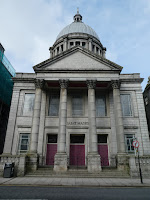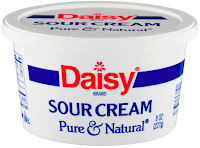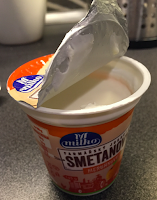 Aberdeen
Aberdeen is the third-largest city in
Scotland and the 38th largest in the
UK. The city is home to 196,670 people while the great metro area is home to almost 230,000. Located in the northeast of Scotland, on the coast of the North Sea, it is roughly 2,5 hours southeast of
Inverness and 2,5 hours north of
Edinburgh.

The local area was settled about 8,000 years ago. Aberdeen received a charter in 1179 and it gained city status in 1891.
 |
| Town House, Sheriff Court, Tolbooth Museum |
Aberdeen is known as
the Granite City because during the mid-18th to mid-20th centuries the Victorian buildings were built from locally quarried grey granite.

Marischal College used to be the seat of the college and the University of Aberdeen. Construction began in 1837 and at 17,500 m² (188,400 sq ft) it is the world's second largest granite building. Since 2011, it is home to the city council and there is a museum.

St. Andrew's Cathedral belongs to the Scottish Episcopal Church. The church opened in 1817 and it became a cathedral in 1914. This is where the first bishop of the Episcopal Church in the USA was ordained.

St. Mary's Cathedral belongs to the Roman Catholic Church and it opened in 1860.

The Kirk of St. Nicholas is part of the Church of Scotland and the United Reformed Church. It dates back to the 12th century.

The Union Terrace Gardens opened in 1879. The 2,5 acre park is about to undergo a £25m redevelopment that is targeted to complete by summer 2020.

The William Wallace statue was erected in 1888. He was a leader during the Wars of Scottish Independence. Think of the movie
Braveheart.

The Central Library is the city's main library. It opened in 1892 and is currently under renovation.

St. Mark's Church of Scotland opened in 1892.

His Majesty's Theatre opened in 1906. With seating capacity over 1,400 it is the largest theatre in northeast Scotland. The library is next to the church which is next to the theatre so the buildings are referred to as "education, salvation and damnation".

The Aberdeen Maritime Museum opened in 1984. It is housed in the city's second-oldest building dating back to 1593. The museum is very interesting. There's quite a bit of information about the oil industry because of the North Sea oil fields which were discovered in the 1970s.


I don't normally think of Scotland as a beach destination but there's a nice coastline. Even though it was a bit chilly there were quite a few surfers out catching some waves.
Aberdeen was a great little weekend getaway!

Just as the Bank of England has put
new bank notes into circulation, there are new bills in Scotland too.

I still think it's odd that different banks issue different bank notes but I suppose you just get used to it.
 The European Union passed legislation that all plastic packaging in the EU market needs to be recyclable or reusable by 2030. Currently about 25 million tons of plastic waste is generated in Europe each year but less that 30% of it gets recycled.
The European Union passed legislation that all plastic packaging in the EU market needs to be recyclable or reusable by 2030. Currently about 25 million tons of plastic waste is generated in Europe each year but less that 30% of it gets recycled.
 This may explain why most dairy products here don't come in resealable containers. In the USA, yogurt and sour cream containers come with plastic, resealable lids. Here, the lids are usually made of tin foil and are not resealable.
This may explain why most dairy products here don't come in resealable containers. In the USA, yogurt and sour cream containers come with plastic, resealable lids. Here, the lids are usually made of tin foil and are not resealable.




































